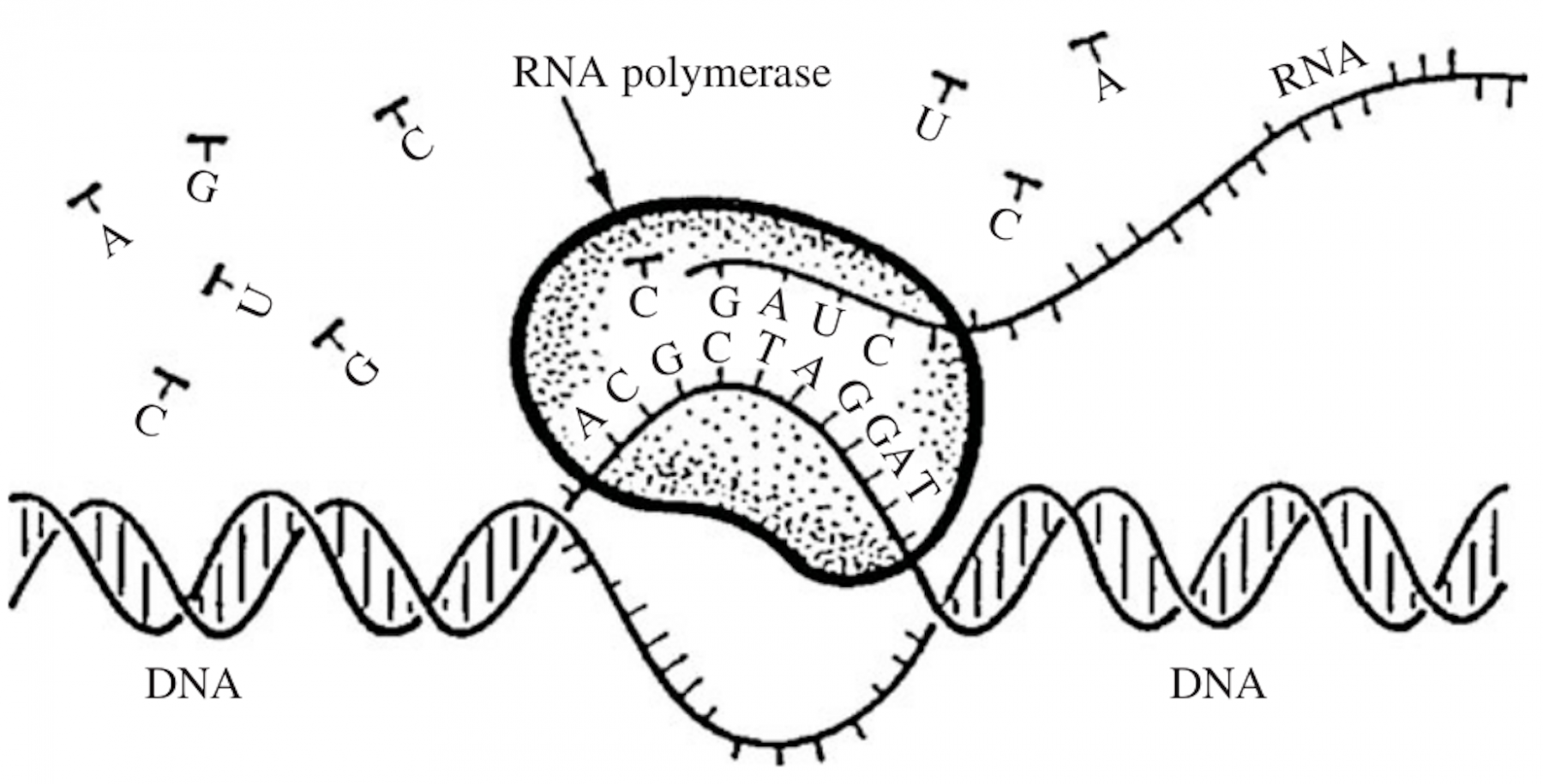The study and the investigation of structural and dynamical properties of complex systems have attracted considerable interest among scientists in general and physicists and biologists in particular. The present review paper represents a broad overview of the research performed over the nonlinear dynamics of DNA, devoted to some different aspects of DNA physics and including analytical, quantum and computational tools to understand nonlinear DNA physics. We review in detail the semi-discrete approximation within helicoidal Peyrard–Bishop model and show that localized modulated solitary waves, usually called breathers,can emerge and move along the DNA. Since living processes occur at submolecular level, we then discuss a quantum treatment to address the problem of how charge and energy are transported on DNA and how they may play an important role for the functioning of living cells. While this problem has attracted the attention of researchers for a long time, it is still poorly understood how charge and energy transport can occur at distances comparable to the size of macromolecules. Here, we review a theory based on the mechanism of‘self-trapping’ of electrons due to their interaction with mechanical (thermal) oscillation of the DNA structure. We also describe recent computational models that have been developed to capture nonlinear mechanics of DNA in vitro and in vivo, possibly under topological constraints. Finally, we provide some conjectures on potential future directions for this field.
Download “Article” A_review_on_nonlinearDNA_physics.pdf – Downloaded 320 times – 1 MB
Download a copy of the manuscript

